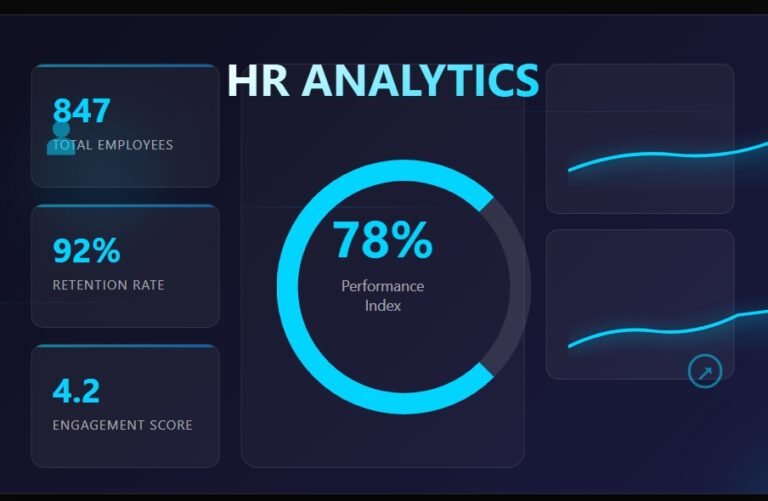Terminating an employee for cause is a serious matter that employers must handle with care to avoid potential legal repercussions. In California, the rules governing terminations for cause are strict and differ from those in other states. It is essential for Human Resources management to understand these differences to ensure compliance with state laws.

For instance, “for cause” typically refers to situations involving misconduct, failure to perform job duties, or violation of company policies. Employers must establish a clear and documented performance management process, ensuring that employees are provided with adequate warnings and an opportunity to improve before termination.
In California, it’s critical for Human Resources management to comprehensively understand these legal nuances and procedural requirements. This includes familiarizing themselves with state-specific laws concerning employee rights, wrongful termination claims, and maintaining thorough records that substantiate the decision. Such diligence not only helps in ensuring compliance with state laws but also aids in fostering a fair and respectful workplace environment.
Gross Negligence
In California, the process of termination for cause typically requires evidence of gross negligence or serious misconduct by the employee. Gross negligence is defined as a deliberate disregard for the safety and well-being of others, reflecting a level of carelessness that goes beyond mere mistakes. This can manifest in various ways, such as engaging in theft from the company, blatantly violating established company policies, or behaving in ways that recklessly endanger the safety of colleagues or clients.
For employers, gathering substantial and clear evidence of gross negligence is paramountbefore proceeding with a termination for cause. This often entails meticulously documenting specific incidents that exemplify the employee’s misconduct. Additionally, employers are generally expected to provide the employee with an opportunity to respond to the allegations, ensuring the process is fair and transparent. Such measures not only protect the employee’s rights but also uphold the integrity of the organization.
Progressive Discipline
In contrast to some states where employees can be dismissed without prior notice, California law mandates that employers adhere to a structured approach known as progressive discipline before terminating an employee for cause. This process is designed to ensure that employees are afforded multiple opportunities to rectify their performance issues before any severe action is taken.
Typically, progressive discipline consists of a series of escalating steps, beginning with verbal warnings that serve not only to inform the employee of the concerns but also to initiate a constructive dialogue about improvement. If issues persist, a written warning is issued, documenting the specific shortcomings and outlining the expectations for future performance. In some cases, suspension may be implemented as a further step in this gradual process, creating a clear message about the seriousness of the situation.
It is vital for employers to meticulously document each phase of this disciplinary journey. This documentation not only provides a record of the steps taken to aid the employee in improving their behavior but also safeguards the employer by demonstrating that a fair opportunity for correction was extended before considering termination. By following this thorough and methodical approach, employers contribute to a respectful workplace environment while adhering to legal requirements.
Poor Performance
In certain situations, an employee’s underperformance could indeed justify termination for cause in the state of California. Nevertheless, it is crucial for employers to demonstrate that they have made a concerted effort to furnish the employee with the necessary training and support aimed at facilitating performance improvement before making such a significant decision.
When an employee’s lackluster performance stems from circumstances outside their control—such as health-related issues or insufficient resources—it may not be fair or justifiable to proceed with termination for cause. In these instances, employers should thoughtfully explore alternative avenues, such as transferring the employee to a more suitable role or extending additional resources and support, before ultimately considering the option of termination.
Final Thoughts
In California, the termination of employment for cause is governed by a set of rigorous regulations aimed at safeguarding employees from unjust dismissals. Employers are required to present compelling evidence of gross negligence or serious misconduct before proceeding with a termination that falls under this category. Additionally, the law emphasizes the importance of adhering to a progressive discipline process, which involves a series of corrective actions intended to give employees a fair opportunity to improve their performance or behavior before facing termination.
By thoroughly understanding these regulations and embracing best practices in Human Resources management, employers can mitigate the risk of legal challenges, while fostering a respectful and productive workplace environment. It is essential for HR professionals operating in California to remain vigilant and well-informed about the evolving state laws pertaining to terminations for cause. Seeking expert legal counsel when necessary can further ensure that practices align with legal requirements, promoting a culture of fairness and transparency within the organization.
Disclaimer: This article, along with other articles on this blog, is not intended to serve as legal advice and has not been prepared by a licensed attorney. The content is solely for educational purposes. For specific legal advice or assistance, please consult a qualified attorney or professional advisor.



